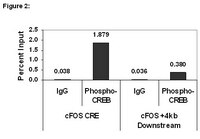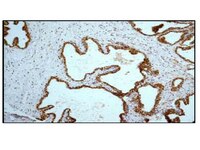Molecular mechanisms mediating a deficit in recall of fear extinction in adult mice exposed to cocaine in utero.
Kabir, ZD; Katzman, AC; Kosofsky, BE
PloS one
8
e84165
2013
Show Abstract
Prenatal cocaine exposure has been shown to alter cognitive processes of exposed individuals, presumed to be a result of long-lasting molecular alterations in the brain. In adult prenatal cocaine exposed (PCOC) mice we have identified a deficit in recall of fear extinction, a behavior that is dependent on the medial prefrontal cortex (mPFC) and the hippocampus. While we observed no change in the constitutive expression of brain derived neurotrophic factor (BDNF) protein and mRNA in the mPFC and hippocampus of adult PCOC mice, we observed blunted BDNF signaling in the mPFC of adult PCOC mice after fear extinction compared to the control animals. Specifically, during the consolidation phase of the extinction memory, we observed a decrease in BDNF protein and it's phospho-TrkB receptor expression. Interestingly, at this same time point there was a significant increase in total Bdnf mRNA levels in the mPFC of PCOC mice as compared with controls. In the Bdnf gene, we identified decreased constitutive binding of the transcription factors, MeCP2 and P-CREB at the promoters of Bdnf exons I and IV in the mPFC of PCOC mice, that unlike control mice remained unchanged when measured during the behavior. Finally, bilateral infusion of recombinant BDNF protein into the infralimbic subdivision of the mPFC during the consolidation phase of the extinction memory rescued the behavioral deficit in PCOC mice. In conclusion, these findings extend our knowledge of the neurobiologic impact of prenatal cocaine exposure on the mPFC of mice, which may lead to improved clinical recognition and treatment of exposed individuals. | 24358339
 |















